Anyone staying at the South Pole station arrives on a LC-130 Hercules with skids. This allows the planes to land on the ice runway with skis covering their wheels. The runway is about two miles in length and is maintained regularly by Fleet Ops who groom the runway, and the survey team who checks for crevasses.
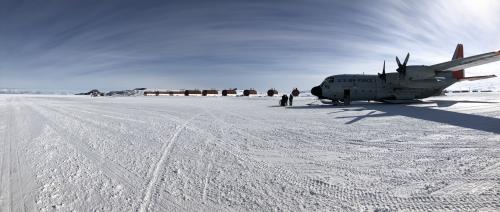
The South Pole Fire Department assists with all Hercules flight landings. They muster on the runway in a track-wheeled van and prepare to support with any flight emergencies. During the summer months when planes are flying to the South Pole, there are around a dozen firefighters on station. They also assist with Comms and help coordinate landing of all flights. During the winter when planes do not fly, a Fire Brigade is established from the population of winterovers and the firefighters fly home. The Fire Brigade receives training from the firefighters before they leave and practice drills regularly to prepare for any emergency.
Getting around outside of the station can be challenging depending on where you need to go. Some of the closer sites near the berms (equipment storage on ice berms) or work areas immediately outside of the station can be reached by foot. The IceCube Laboratory, MAPO, and South Pole Telescope are all still within walking distance, but beyond that area it can be challenging to reach some of the ARA stations that are 7 kilometers out.
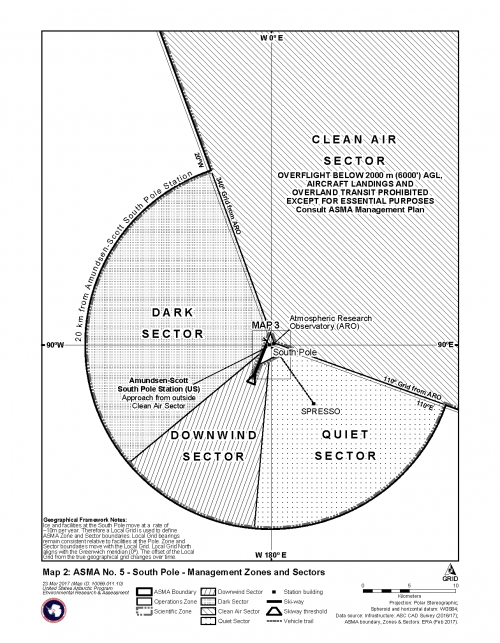
We received light vehicle training on the first week at the station which allowed us to be qualified to drive the pickup truck and the van. Both of these are automatic vehicles that drive similarly to vehicles back home, but the tires have been deflated to a lower PSI so they can be more effective on the ice.
Sometimes the fastest way to get out to a site or to head back and pick up equipment is by taking a snowmobile. This training included a safety discussion and an overview of how-to start or fix snowmobiles. We then each took a practice ride to get used to the machine and practice getting it started. Everything is harder to do in the cold and starting a snowmobile is no different.
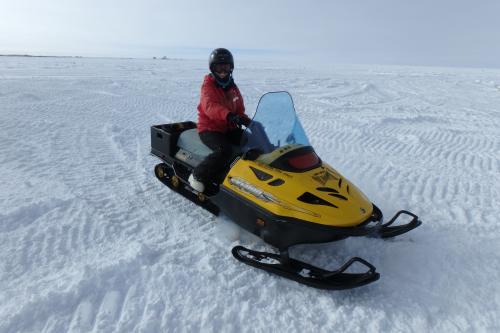
The PistenBully is another type of vehicle driven out to some of the more distant sites. While it is not as speedy as the snowmobile or van and truck, it has the ability to be very effective off of the main roads and has a very sharp turning radius with its tractor-like wheels.
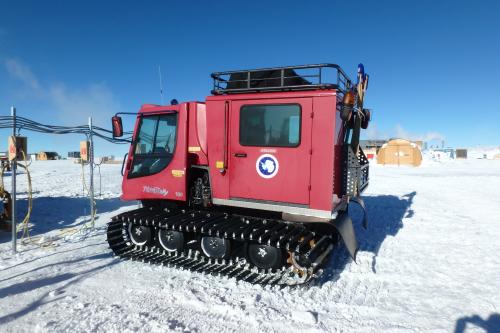
Fleet Ops Supervisor, Josiah Heiser, introduced me to some of the larger machines used on station. He runs the support for all projects using heavy equipment to help groom, move, or tow equipment for different operations. He first introduced me to an excavator that would be used to help relocate the ARA deployment sled. This was then attached to a Challenger tractor that pulled the sled across the ice out to ARA 6 - 7 kilometers from the station. It was a lengthy tractor ride, but the operators who drive them are so skilled that the machines look like an extension of their own body. The Fleet Ops are essential for maintaining and managing work flow for scientists and engineers outside of the station.
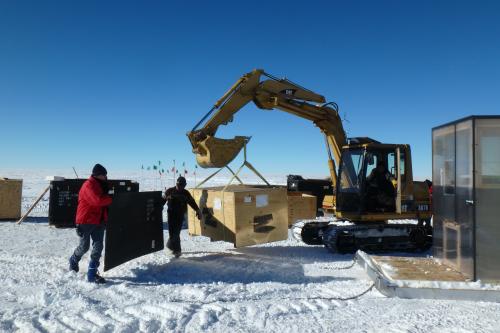


Comments